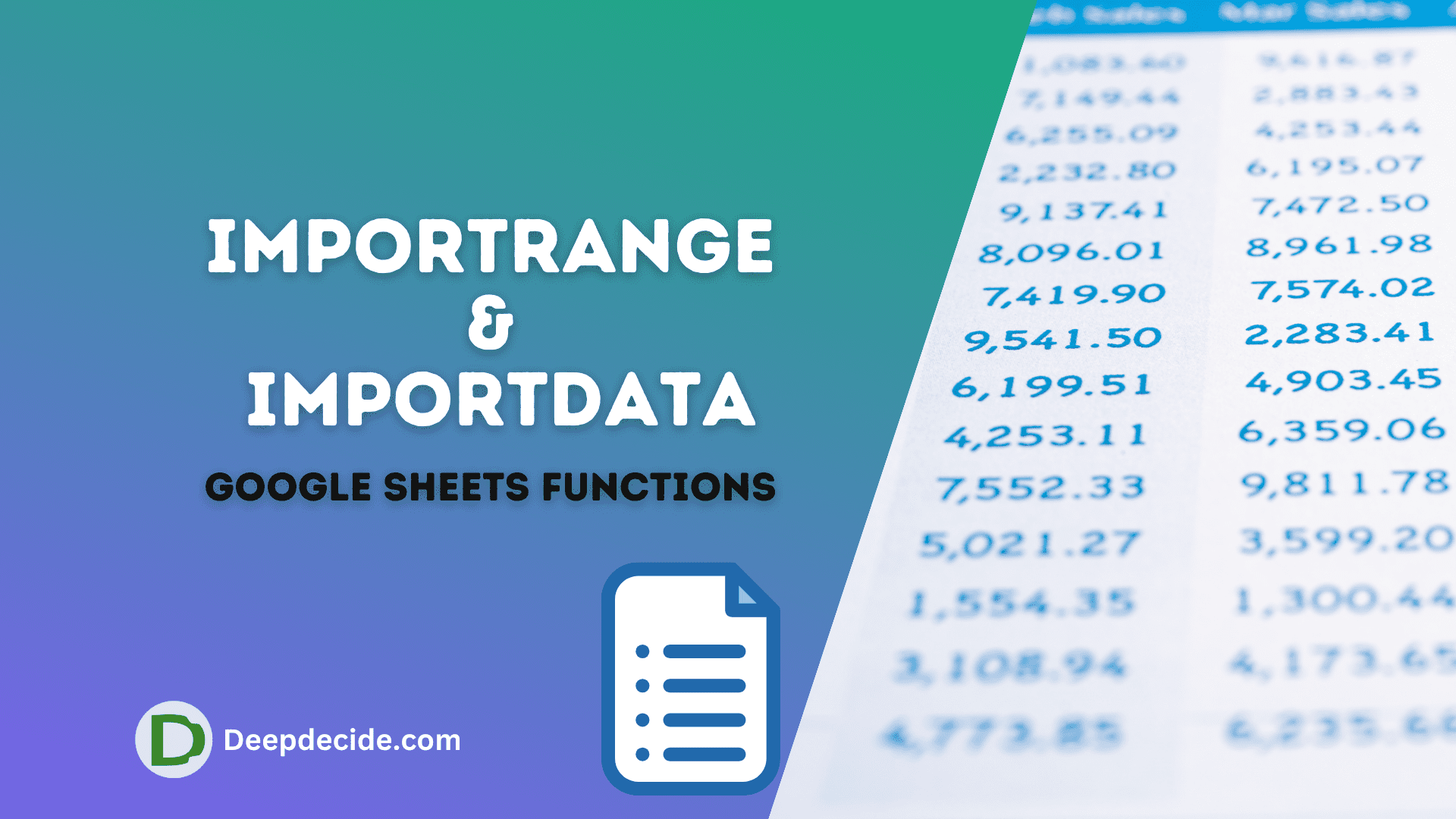Last Updated on: 16th October 2023, 08:18 pm
The importance of data in today’s business world cannot be understated. The modern corporate environment relies significantly on the systematic gathering and analysis of data to achieve its goals and attain a competitive edge.
Introduction to Corporate Information Factory
The CIF is essentially a data architecture model acting as an enterprise’s information processing hub. It provides a schematic structure for housing and managing vast volumes of data, addressing every aspect of data capturing, cleansing, retrieving, and delivery.
It’s designed strategically to manage data from all perspectives: operational, informational, and analytical. As such, it’s a holistic approach to effectuating seamless data management.
Components of the CIF
The CIF is a complex structure composed of various components, intricately interwoven. Let’s explore these elements:
- Operational Systems: Also referred to as transactional applications, operational systems are sources of data. They essentially gather and process data during business operations.
- Data Acquisition Layer: This component is responsible for taking data from operational systems and making it suitable for warehousing. It includes data extraction, transformation, and load (ETL) processes.
- Data Warehouse (DW): The DW is the heart of the CIF. It serves as the central repository for the organization’s integrated and historical data, ensuring data availability for business analyses.
- Data Marts: These are subsets of the DW that concentrate on specific business activities. They comprise data that is structurally optimized for effective and efficient analysis by end-users.
- Operational Data Store (ODS): The ODS mirrors the CIF’s DW and allows detailed reporting. It acts as a bridge between the DW and transactional systems, offering a unified picture of current business operations.
- Metadata: This is data about data. It covers the business definitions of the data objects, their physical descriptions, relationships, and origin.
- Navigational, Discovery, and Delivery Tools: These tools facilitate data exploration, revealing patterns and correlations that might be overlooked in standard reporting. Delivery tools ensure that the information reaches its intended recipients.
Working of the Corporate Information Factory
Each CIF component performs a crucial role, and their interplay defines the model’s effectiveness.
It starts when the operational systems collect data from daily transactions. The data, often unstructured and raw, is passed to the data acquisition component.
Here, it is cleansed, integrated, and transformed into a suitable format for storing in the central DW or ODS.
Once in the DW, the data is further refined and shared with data marts where it becomes readily available for business intelligence (BI) activities.
Data marts, being focused on specific business areas, offer quick and easy access for the end-users, enabling faster, sound decision-making.
Advantages of the CIF
The CIF’s main advantage lies in its ability to give organizations a panoramic and detailed view of their operations.
Facilitating easy data access accelerates decision-making and promotes strategic implementation.
The CIF ensures scalable data architecture that evolves along with a business’ growth. It promotes data consistency across departments, enhancing data quality, and fostering trust in the data.
Challenges in CIF Implementation
While CIF presents compelling benefits, its implementation can be a complicated and prolonged process. An organization may face resistance due to process changes or from stakeholders unused to a data-driven culture.
Technical issues such as data quality problems, inadequate technology infrastructure, or a lack of data management skills might impact successful implementation.
Deeper Understanding of CIF Components and Their Interactions
A. Enhanced Examination of the Data Warehouse (DW)
While the DW is primarily a storage component, it is the heart of CIF. It’s the mega repository of all company-encompassing data.
The DW’s importance cannot be over-emphasized, as it ensures data is properly consolidated, integrated, and consistent, and therefore provides a single version of truth.
This data harmony helps avoid any discrepancy that could otherwise lead to poor business decisions.
B. Unfolding the Facets of Operational Data Store (ODS)
The ODS represents real-time, transaction-level information that covers the latest and most detailed data. It rectifies the delay in data availability in the DW.
An ODS allows CIF to cater to both analytical and operational needs — with the DW serving long-term and strategic requirements, and the ODS addressing immediate and operational demands.
C. Data Marts as the Critical User Interface
Data Marts serve as repositories for specific business domains, such as marketing, sales, operations, etc. They serve two fundamental purposes.
Firstly, they provide quick, efficient access to data as they possess filtered data customized to specific business questions. Secondly, their lean and focused design improves performance and response time.
Why the CIF Stands Out?
The Corporate Information Factory stands out among other data architectural models because it is a vast, inclusive, end-to-end data warehouse environment.
It can handle a broad range of user requirements, and its architecture allows it to adapt to changing business conditions and needs.
The Role of CIF in Business Intelligence (BI)
The CIF is an essential part of the BI infrastructure. It brings data directly to the decision-makers, arming them with information.
The BI applications associated with CIF cover a wide range, from operational reporting and management reporting to data mining and ad-hoc queries.
The Role of Modern Technologies on CIF
With the advent of advanced technology like Artificial Intelligence (AI) and Machine Learning (ML), the CIF has evolved to incorporate these, increasing data processing speed and predictive accuracy.
Conclusion
The CIF is not just a strategy or model but a comprehensive solution to the myriad of challenges surrounding data management.
It caters to different areas, be it capturing, processing, storing, or utilizing data. Its profound premise in the evolving business landscape could well be a game-changer for enterprises in their pursuit of business excellence.
Incorporating CIF in an organization’s data landscape will undoubtedly pave the way for unparalleled insights, leading to agile and informed decisions.
Whether it’s marking new business territories or harnessing potential business opportunities, the foundation lies in the fine art of leveraging the Corporate Information Factory.



